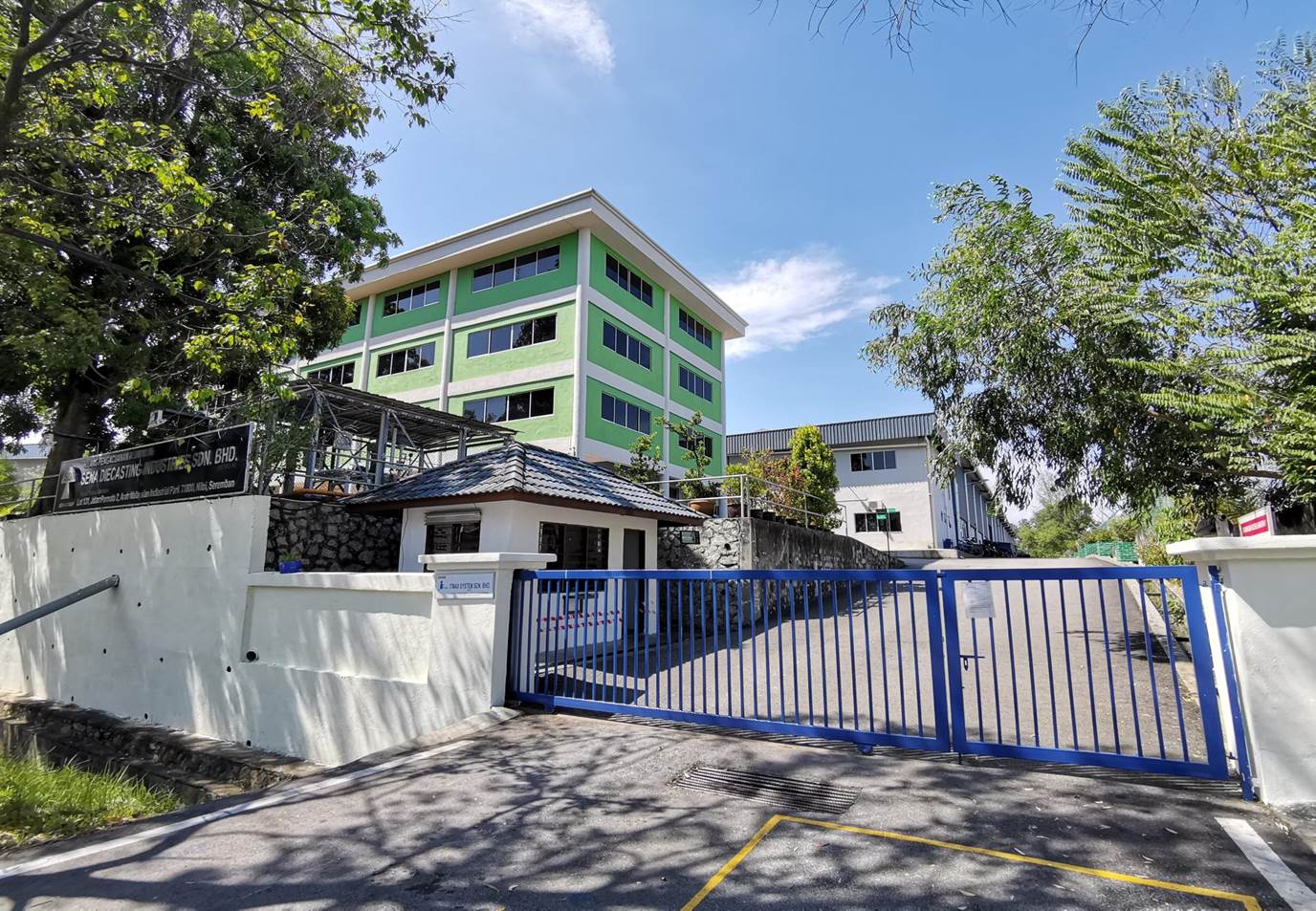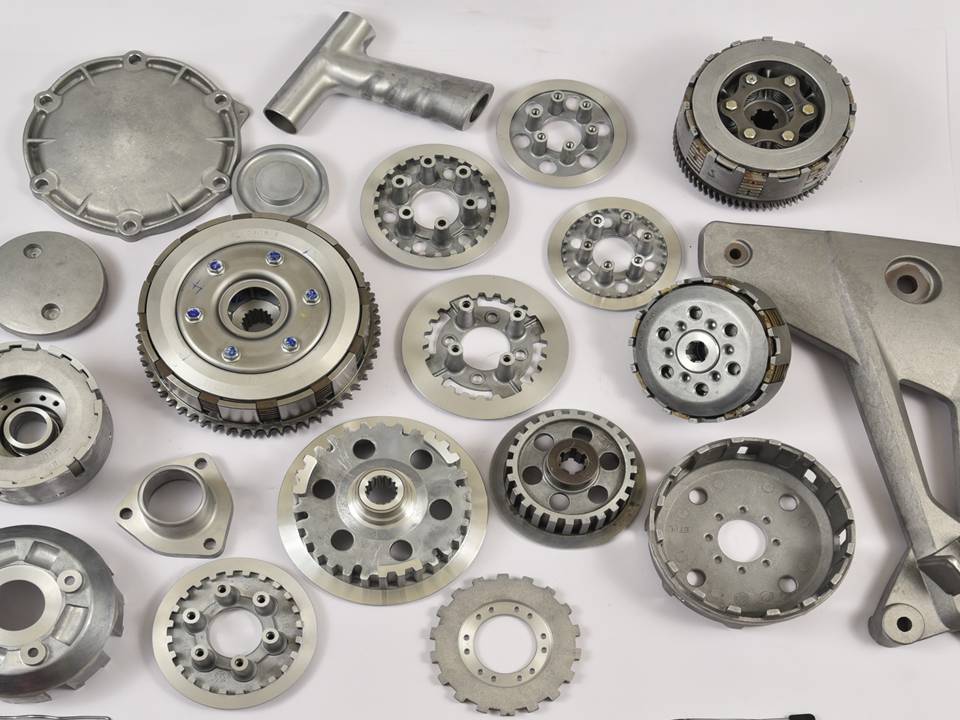
Diecasting starts with the design of an mold, referred to as a die. The mold is crafted from hardened steel to withstand high pressures and temperatures. When the mold is ready Metal alloys such as magnesium, aluminum, zinc, or copper are heated until they are melted. The molten metal then gets injected into the die at great pressure. It is able to fill all areas of the mold including intricate sections as well as thin walls. This pressure will be maintained until the metal solidifies, and at that point, the mold opens, and then the new part will be ejected. The process is high-pressure, which ensures the finished product is accurate without the need for extra machining or final.
One of the main benefits that diecasting has is its efficacy in mass production. Once the dies are fabricated it can be repeated hundreds, or even thousands of repeatedly with little variance between parts. The high degree of repeatability is essential in industries that need large quantities of similar components. Diecasting is also known as a material that is efficient. The process generates lesser waste than different metal-forming methods because excess metal can be recycled and used again. This not only reduces material costs but can also help to create more sustainable manufacturing practices. The combination of the speed, precision and material efficiency makes diecasting a viable alternative for large-scale production.
Diecasting can also produce components with excellent mechanical characteristics. The speedy cooling process of molten metal during the casting process creates fine grain structure that increases the strength and durability of the final product. Diecast products are suitable for applications that require high performance and reliability. For instance, in automotive manufacturing, diecast parts are used in the transmissions, engines as well as structural components, where the strength-to-weight ratio is crucial for vehicle efficiency and safety. Similarly, in the aerospace industry, diecast components contribute to the development of lightweight yet robust structures, essential for optimizing the efficiency of fuel and performance. To generate added details kindly visit www.senadiecasting.com.my/

The versatility of diecasting extends beyond the mechanical advantages for its versatility in different application. In the realm of electronics, it is utilized to make enclosures, connectors and heat sinks to ensure that the devices are protected and function optimally. It is also used to create everyday goods, from household appliances to power tools where high-quality and long-lasting are the most important factors. Being able to produce intricate and intricate parts allows diecasting to be a viable option to engineers and designers seeking to innovate and improve product capabilities. Through accommodating a variety of different metals and the integration of features that are intricate that diecasting allows the design of high-end products that span multiple industries.
Diecasting is a highly sophisticated manufacturing technique that blends the highest level of precision, efficacy and versatility. Its capability to manufacture sophisticated, high-end components that have superior mechanical properties makes it indispensable in many industries. The efficiency of diecasting as a mass-production process, coupled with its material and price advantages, demonstrates its significance in today's manufacturing. Since industries will continue to need top-quality and durable components that are durable and reliable, diecasting will be an essential technology that drives innovation and enabling the production of advanced products that meet all the demands of a constantly changing market. Due to its continuous evolution and application it is an example of engineering excellence and manufacturing expertise.